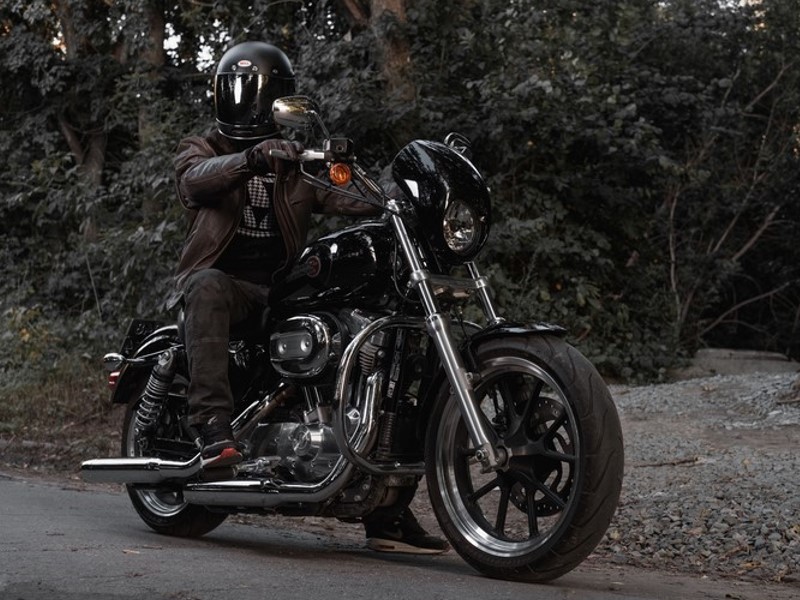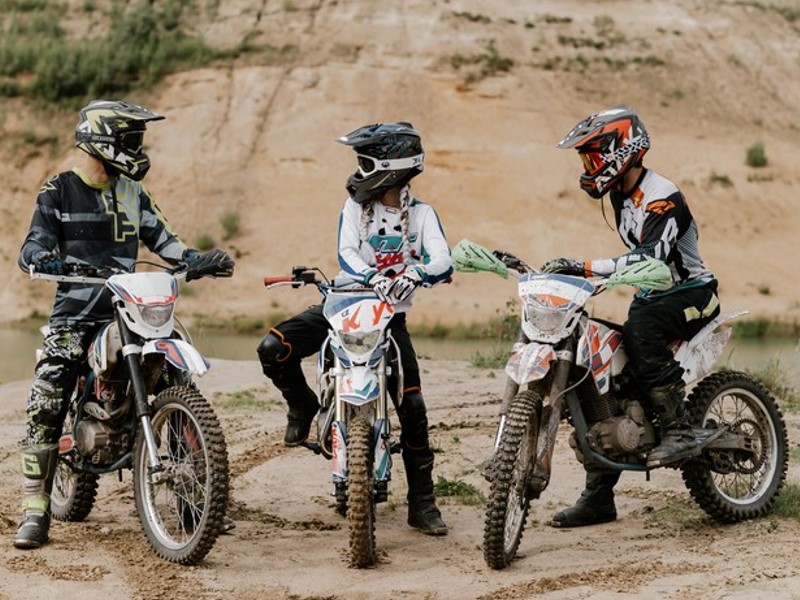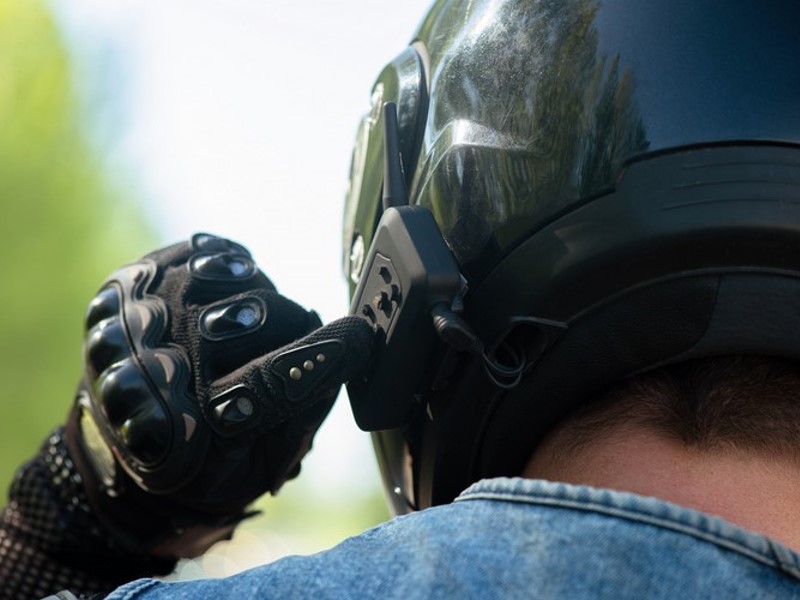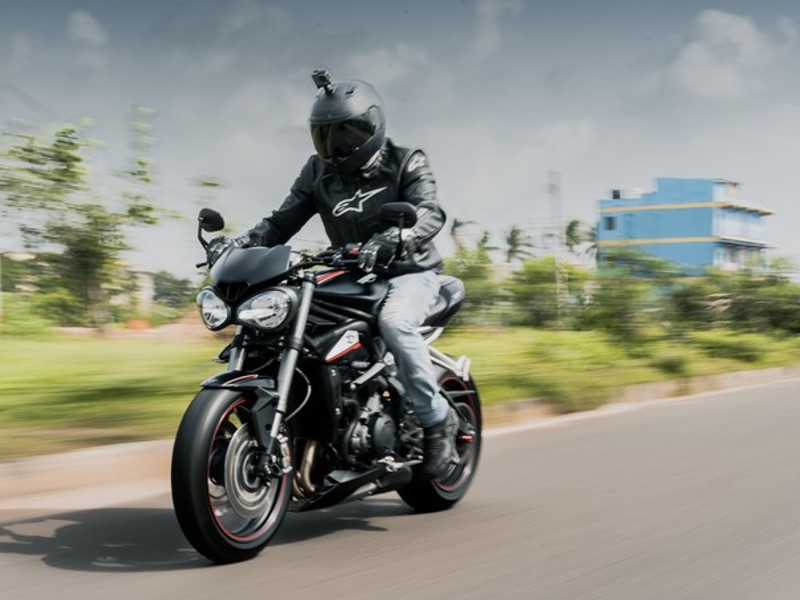When it comes to motorcycling, safety is paramount. The helmet is not just a protective gear but an essential part of every rider’s journey.
Over the years, motorcycle helmets have seen significant developments, not only in terms of protection but also in design, comfort, and communication capabilities.
This article explores the various types of motorcycle helmets and the best ways to ensure effective communication while wearing them.
Table of Contents
The Importance of Choosing the Right Helmet
Choosing the right helmet goes beyond picking one that looks cool or matches your bike. It’s about finding one that suits your riding style, offers maximum protection, and ensures comfort during long rides. With a variety of motorcycle helmets available, each type serves a different purpose, making it crucial to understand their distinct features before making a choice.
Full-Face Helmets
Full-face helmets are the most comprehensive option, offering complete coverage of the head and face. This design provides the highest level of protection, covering the skull, chin, and neck. The built-in visor protects the eyes from wind, dust, and debris, while the chin bar shields the lower face from impact.

These helmets are ideal for long-distance rides, high-speed touring, and daily commuting. They offer excellent insulation against wind and noise, which enhances the riding experience, especially on highways. The only downside might be the reduced airflow, making it slightly uncomfortable in hot weather. However, modern full-face motorcycle helmets often come with adjustable ventilation systems to address this issue.
Modular Helmets
Also known as flip-up helmets, modular helmets are a hybrid between full-face and open-face helmets. They offer the protection of a full-face helmet for motorcyclists with the convenience of an open-face design. The chin bar and visor can be lifted, allowing the rider to eat, drink, or communicate without removing the helmet.
Modular helmets for motorcyclists are popular among touring and adventure riders who value flexibility. While they offer great protection, they may not be as structurally strong as full-face helmets due to the hinged mechanism. They are slightly heavier and might not be the best option for high-speed riding due to potential noise and wind resistance when the chin bar is up.
Open-Face Helmets
Open-face helmets, or 3/4 helmets, cover the top, back, and sides of the head but leave the face exposed. This design provides a more open riding experience, offering better airflow and a wider field of vision. Riders often enjoy the sense of freedom that comes with an open-face helmet, making it a popular choice for cruiser and scooter riders.
However, the lack of a chin bar means reduced facial protection. Riders might experience more wind noise and less protection against the elements, which can be a drawback on long rides. To mitigate these issues, many open-face helmets come with a removable visor or face shield.
Half Helmets
Half helmets cover only the top of the head, leaving the face, ears, and neck exposed. These helmets are the lightest and offer the least coverage. They are popular among riders who prefer a minimalist design or ride at low speeds, such as in urban environments.
While half motorcycle helmets provide some protection, they are not recommended for high-speed riding or long journeys due to their limited coverage. The lack of a visor or face shield means riders need to wear separate eye protection. Half helmets are best suited for those who prioritize style and convenience over maximum safety.
Off-Road Helmets
Designed for dirt biking and motocross, off-road helmets are built to withstand rugged conditions. They feature an elongated chin bar for extra ventilation and protection, as well as a large visor to shield the rider’s eyes from mud, dust, and debris.

Off-road helmets are lightweight, with a design that prioritizes ventilation to keep riders cool during intense physical activity. However, they typically lack the sound insulation and comfort features found in street helmets, making them less suitable for on-road use. Goggles are usually worn with these helmets for eye protection, as they do not come with built-in visors.
Dual-Sport Helmets
Dual-sport helmets are a blend of off-road and full-face helmets, catering to riders who enjoy both on-road and off-road adventures. They feature the rugged design of an off-road helmet with the comfort and aerodynamics of a full-face helmet.
The visor is designed to flip up, and the helmet can be used with or without goggles. Dual-sport helmets offer versatility, making them a popular choice for adventure riders who switch between highways and trails. However, they may be heavier and less ventilated than dedicated off-road helmets, which could be a concern during extended off-road rides.
Proper Communication with Motorcycle Helmets
Effective communication is crucial for group rides, navigating, or staying connected with the outside world while on the road. Fortunately, modern motorcycle helmets are equipped with various communication technologies that enhance safety and convenience. Here’s how to ensure proper communication while wearing different types of helmets.
Bluetooth Communication Systems
Bluetooth communication systems for motorcyclists are the most common way riders stay connected on the road. These systems integrate seamlessly into most helmets, allowing riders to communicate with each other, listen to music, receive GPS directions, or take phone calls.
For full-face and modular helmets, Bluetooth units can be installed on the exterior, with speakers and microphones fitted inside the helmet. The noise insulation of these helmets enhances audio clarity, making it easier to hear and be heard, even at high speeds.

In open-face and half helmets, communication systems for motorcyclists might need to be adjusted for better performance. The lack of insulation means wind noise can interfere with audio clarity. Using a high-quality microphone with noise-canceling capabilities can help mitigate this issue.
Intercom Systems
- Intercom systems are ideal for group rides, allowing riders to communicate with each other without the need for a mobile phone network.
- These systems are often integrated with Bluetooth units, enabling a hands-free experience.
- For off-road and dual-sport helmets, intercom systems need to be robust and weather-resistant, as these helmets are exposed to harsher conditions.
- The placement of the microphone is critical, as it should be protected from dust and debris while still picking up the rider’s voice clearly.
Helmet-Mounted Cameras
Helmet-mounted cameras, like GoPros, often come with built-in communication features. These allow riders to narrate their ride or communicate with others while recording their journey. The integration of audio and video can be particularly useful for vlogging or documenting off-road adventures.

However, the placement of the camera and microphone is crucial to avoid wind noise and ensure clear communication. In modular and full-face helmets, mounting the camera on the side or chin bar provides a stable platform and minimizes wind interference.
Wrapping It Up
Motorcycle helmets come in various types, each catering to different riding styles and preferences. From the comprehensive protection of full-face helmets to the minimalist design of half helmets, there’s a helmet for every rider.
As technology advances, the integration of communication systems into these helmets has made riding safer and more enjoyable. Whether you’re on a solo adventure or part of a group ride, choosing the right helmet and communication setup is essential for a smooth and connected experience on the road.

